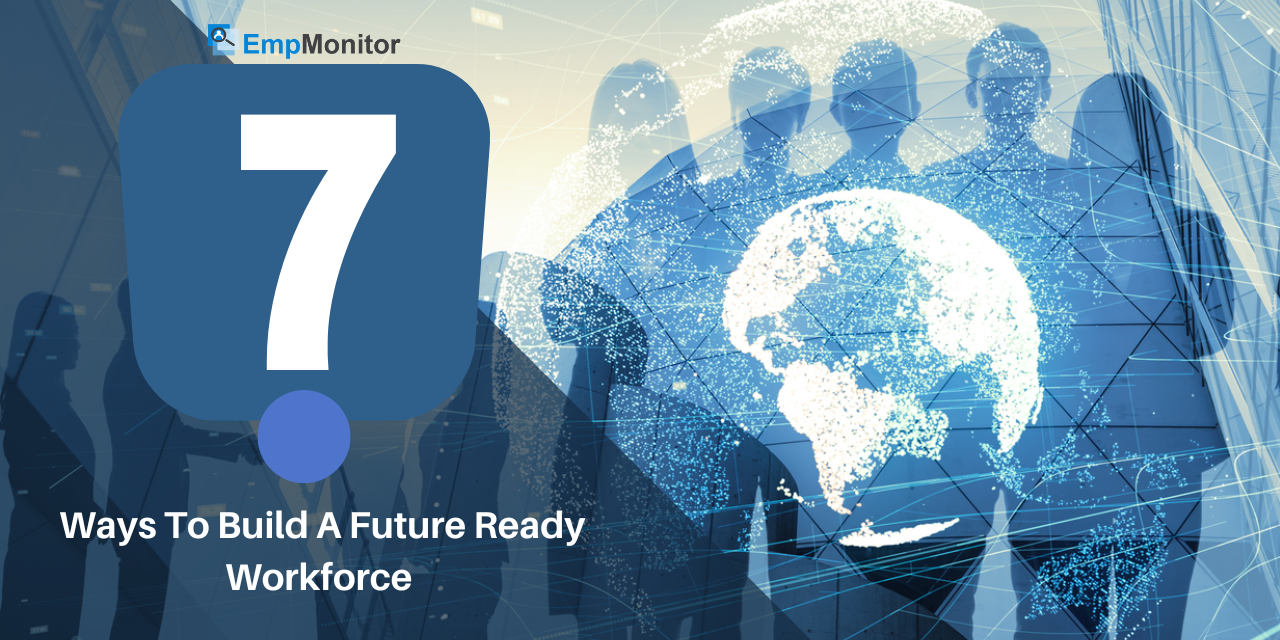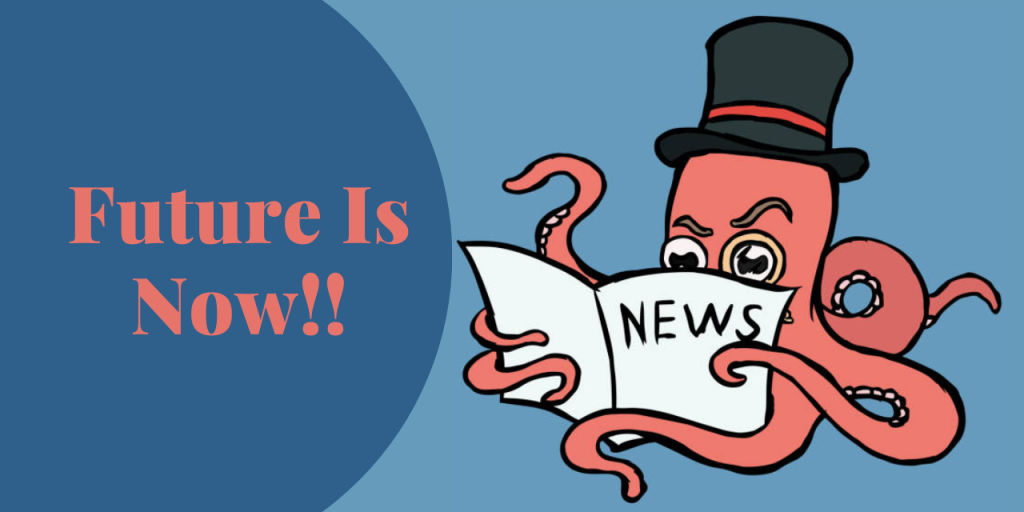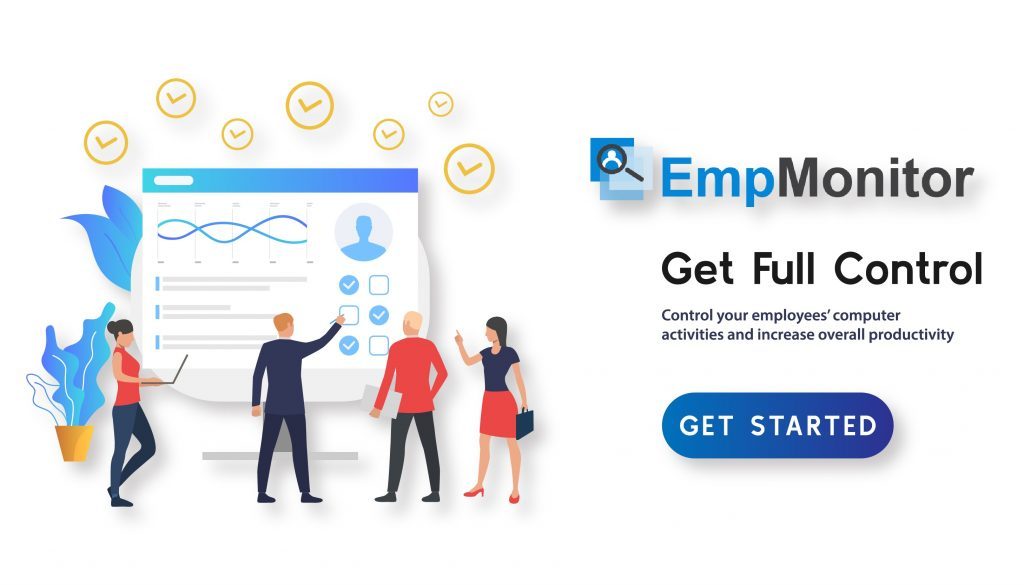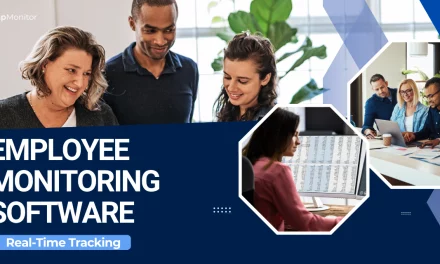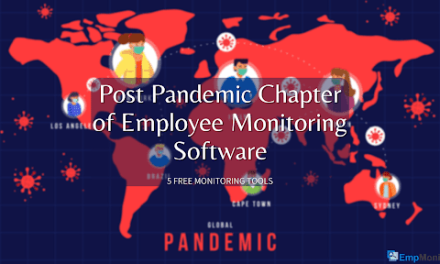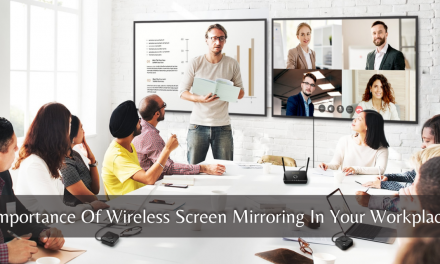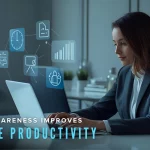In today’s rapidly evolving work culture, developing a workforce qualified with the necessary skills has become influential.
The fusion of 21st-century skills and technology platforms has the potential to create a future-ready workforce that can adapt and excel in the face of change. In this blog, we will delve into strategic workforce planning for the future, unveiling innovative approaches and insights.
Hit ‘Play’ Button & Tune Into The Blog!
Creating A Future-Ready Workforce
Success belongs to associations that embrace adaptation in a continuously changing environment where innovation reigns supreme.
Future-ready organizations act according to their ability to adapt to changing situations of Work-environment. Most of these organizations create their principles on digital innovation, agility, resilience and partnership.
To shift from a traditional workforce to businesses of the future, here are three components that can help you lay the same foundation:
- Identify technology drivers that can positively impact your organization’s growth. Automation, the Internet of Things (IoT) and artificial intelligence (AI) are just a few of the solutions that are helping generate high-quality changes to cater for the technology needs.
- We can predict the adoption of IoN and AI technologies will continue to grow quickly, fostering increased connectivity, automation, and data-driven decision-making. The way we live, work, and engage with the outside world will change as a result of these transformative technologies.
- Identify the impact of current external forces (such as a widespread shift in working culture after the COVID-19 pandemic) and anticipate and plan around its impact on the future market.
After laying the foundation, it’s entirely down to you to build a roadmap to implement the necessary changes for your future-ready workforce.
Here are some ways to build a future-ready work Creating a Future-Ready Workforce to help you get started:
- Plug all skill gaps
- Strategic workforce planning
- Encourage virtual working
- Let employees experiment with their work
- Update according to the workforce’s changing needs
- Foster Employee Resilience
- Support continuous learning
Let us break it down for you!!
Plug All Skill Gaps
It is essential to start preparing your employees and invest in their working skills for the future of work-life. You can do so by building good and more advanced training and ensuring employees have relevant skills. Let’s know how can you achieve it!
Help employees stay ahead of the curve by identifying skill gaps. As a first step, you can assess what is required to thrive in each role and department.
Depending on the situation of business change, there are chances for skill need to change over time, so be sure to reassess often. Compare the ideal profiles with your existing employees to see which skills they already possess and which they could learn. Performance reviews can also help you get a good understanding of any skill gaps. In addition to this, check in with managers and employees regularly to discuss their training needs.
Once you know which skills employees require, offer training programs that bridge those gaps efficiently. Keep your training as flexible, easy, and engaging as possible to ensure your employee stay interested in learning.
Strategic Workforce Planning
Workforce planning can go a long way toward helping you understand the current or future market trends and skill gaps of your organizational needs. As a result, you’ll be able to streamline your hiring strategies and hire employees whose profiles meet the current and future needs of your organization.
To ace workforce analysis or planning, gather your organization’s stakeholders to get a clear picture of its five to ten-year goals and current direction. As a next step, use data to understand the true potential of your workforce and its development needs.
Stay abreast of your market’s future trends by keeping in touch with your customers and listening to their challenges.
Review industry reports to understand your market’s overall landscape. Finally, bridge the gap between your workforce and your upcoming organizational needs.
Encourage Virtual Working
In the fast-paced, technology-driven 21st century, virtual project teams represent a growing response to the need for high-quality, low-cost, rapid solutions to complex organizational problems.
Virtual project teams enable organizations to pool the talents and expertise of employees by eliminating time and space barriers. Now, prioritizing establishing an unbreakable remote workforce planning is very important. It will help to initiate a strategic workforce planning in the virtual environment.
To make it easier for team leaders, you can use software to manage your virtual workforce, look into employee performance and database with just one click.
That one such management software that covers all the potential needs is Empmonitor. Its comprehensive features and user-friendly interference makes remote workforce planning a smooth run.
Here are Some of the Empmonitor Features for you to conduct remote workforce planning:
- Detail And Insightful Reports
- Time-Tracking
- User Activity Monitoring
- Workforce Productivity & Engagement
EmpMonitor has also introduced two new features:
- Geo Location Tracker – Whether your company comprises office work or on-site work, an employee GPS tracker can access one’s location while logging in and out of office work.
- Data Loss Prevention – This feature incorporates extensive data loss prevention software to minimise the risks associated with data breaches and prioritise employer as well as employee data protection.
EmpMonitor can help you meet company goals by ensuring employees are focused and productive. By advantaging this workforce management software, you can also navigate the challenges faced by the virtual workforce, maintain a high productivity level and smoothly manage the virtual workforce.
Read more:
Hacks To Boost Your Team’s Efficiency
Get Ready To Re-Set work life for the Future
Work Transparency With Employee GPS Tracker
The Future Of Workforce Management
Let Employees Experiment With Their Work
For employees to be innovative and explore new opportunities, they need a space that helps them experiment, make mistakes, and overcome challenges.
Make sure to encourage managers to remain available to their team members as mentors and ensure they are guiding employees rather than micromanaging them.
Let managers and executives lead by example, taking calculated risks rather than sticking to outdated and standard processes. From time to time, ensure that your employees have the right set of tech tools and resources to try out new things at work.
Build a collaborative space that helps employees come together to share creative ideas, learn from each other, and exchange feedback.
Update According To The Workforce’s Changing Needs
To be future-ready, your employees will have to improve their performance regularly. For this, you must provide feedback that helps them identify essential areas of development and understand which employee qualities benefit your organization and what they can improve on.
In addition to this, it’s important to appreciate good work and let employees know how they’ve added value to your business. This appreciation will ensure employees stay motivated at all times.
Remind managers to wait until performance reviews to appreciate their team members and offer their feedback so there are no missed opportunities.
Always remind them to encourage employees to provide specific insights based on facts and performance, not assumptions.
Foster Employees Resilience
Resilient employees can face the challenges and stress brought about by changing times. In fact, resilient employees see tough times and challenges as opportunities to innovate and introduce strategies that help them thrive.
Find ways to communicate with your Employees and take conscious steps to improve their mental, physical, and emotional well-being. Help your employees build social connections at work so that they don’t feel like they are alone.
Build a supportive work environment where employees are heard without judgments and feel their work is valued.
Support Continuous Learning
With your roadmap in place, you mustn’t become complacent. A future-ready organization that prioritizes employee development is always considered deeply rooted in a culture of continuous lifelong learning.
It embeds learning into employees’ daily responsibilities using tools they are familiar with.
Here are some immediately applicable learning workforce solutions that companies can implement:
- A blended learning training experience with a combination of digital and hands-on learning, as well as professional and personal development opportunities can help employees enhance productivity and support future employability.
- Formalized training programs, as well as less formal on-the-job training such as project-based teams that support high-priority work completion, internal gigs, inner company movement based on respective skills, etc.
Organizations that incorporate these principles into their working and learning approaches can help empower their employees with the experience they need to sustain and grow in the future of the workforce.
The Future Is Now!!
In conclusion, Creating workforce planning in which your employees are future-ready will help your organization drive growth and avoid losses, even during challenging times.
It simply comes from empowering your employees to learn new skills regularly, work independently, and feel confident in their ability, to solve problems.
Although leveraging new technologies can create efficiencies in workforce planning and Workforce management, it is substantial to consider potential pitfalls such as decreased job security, diminished creativity or lack of team efficiency.
By maintaining a balance of integrating modern technology and traditional approaches into the workplace environment, you can unlock powerful insights that can optimize employee performance and bolster financial returns.

